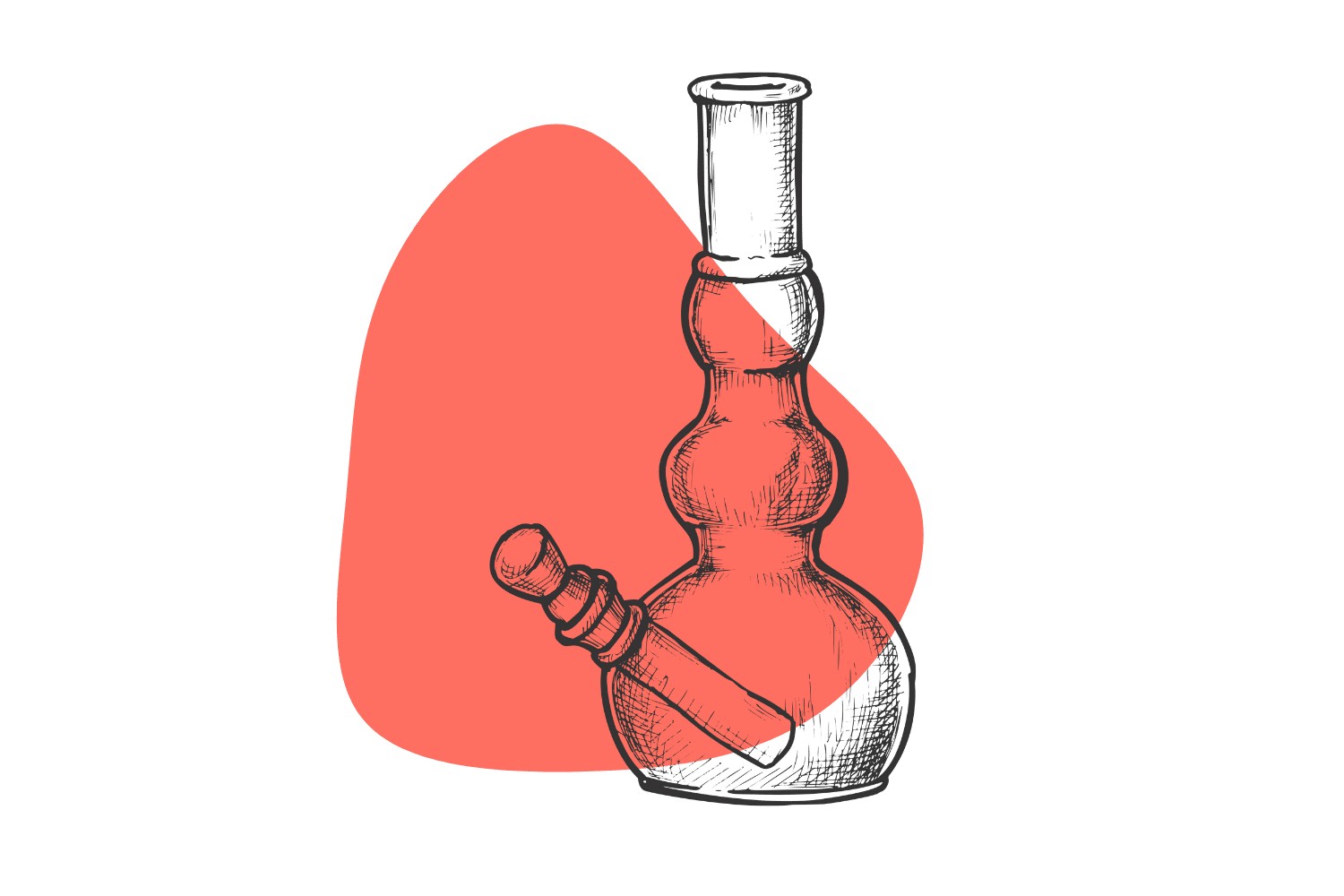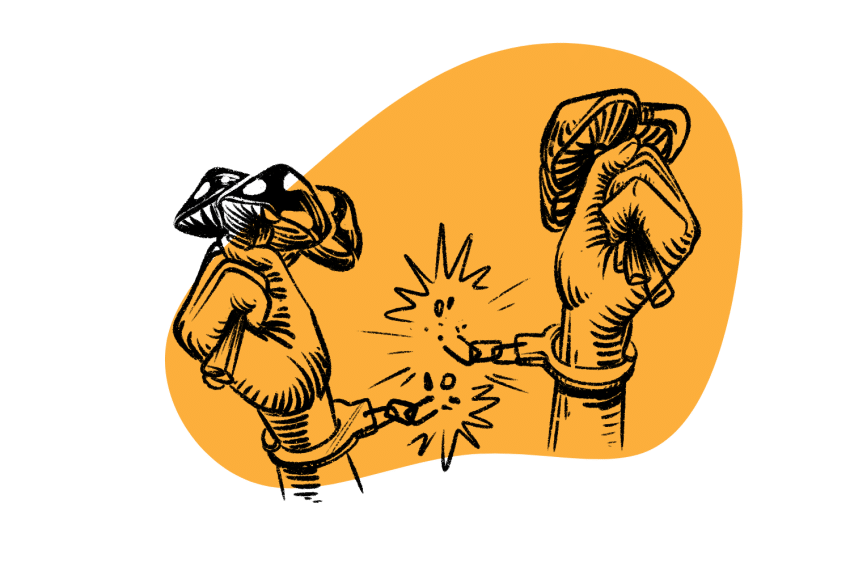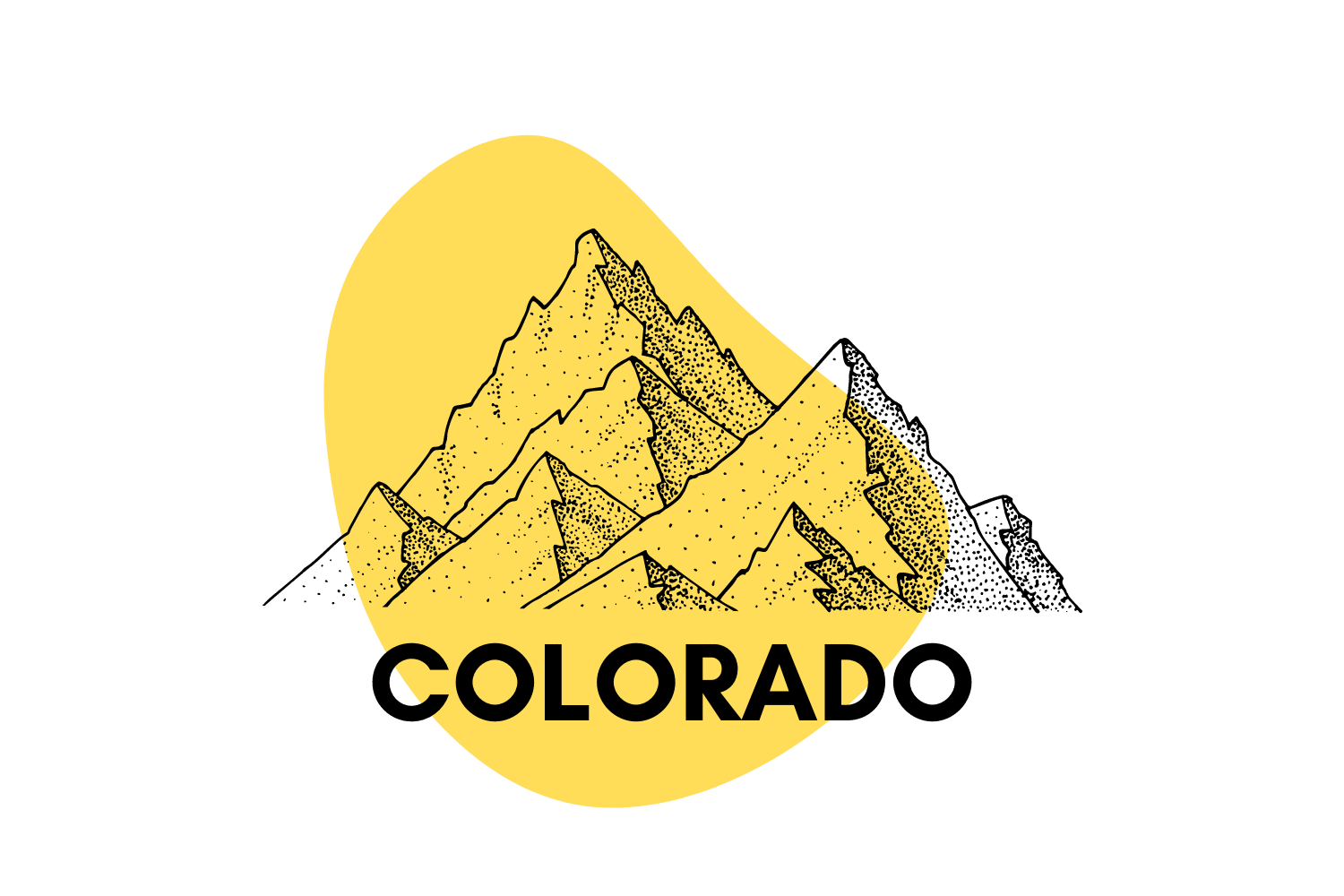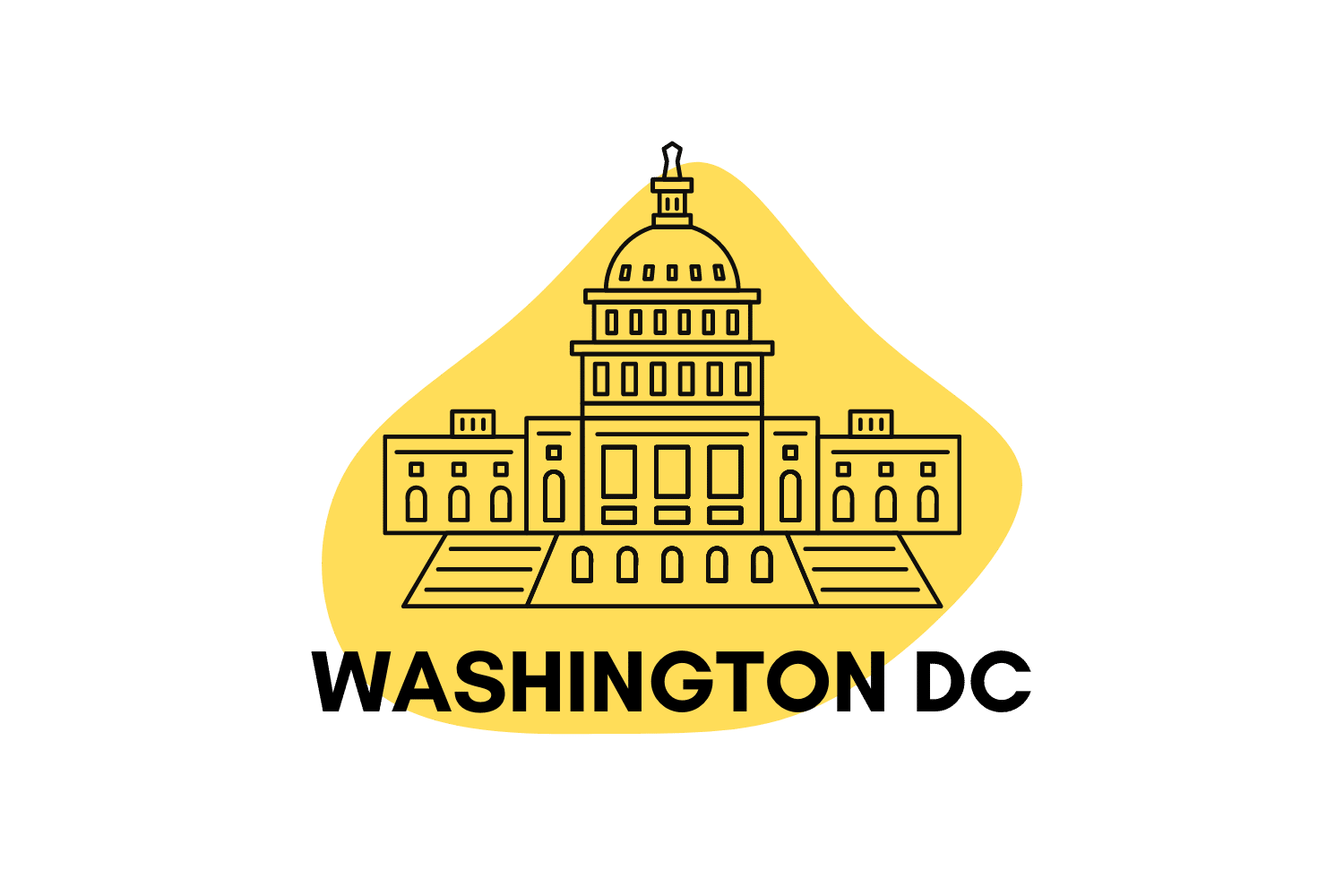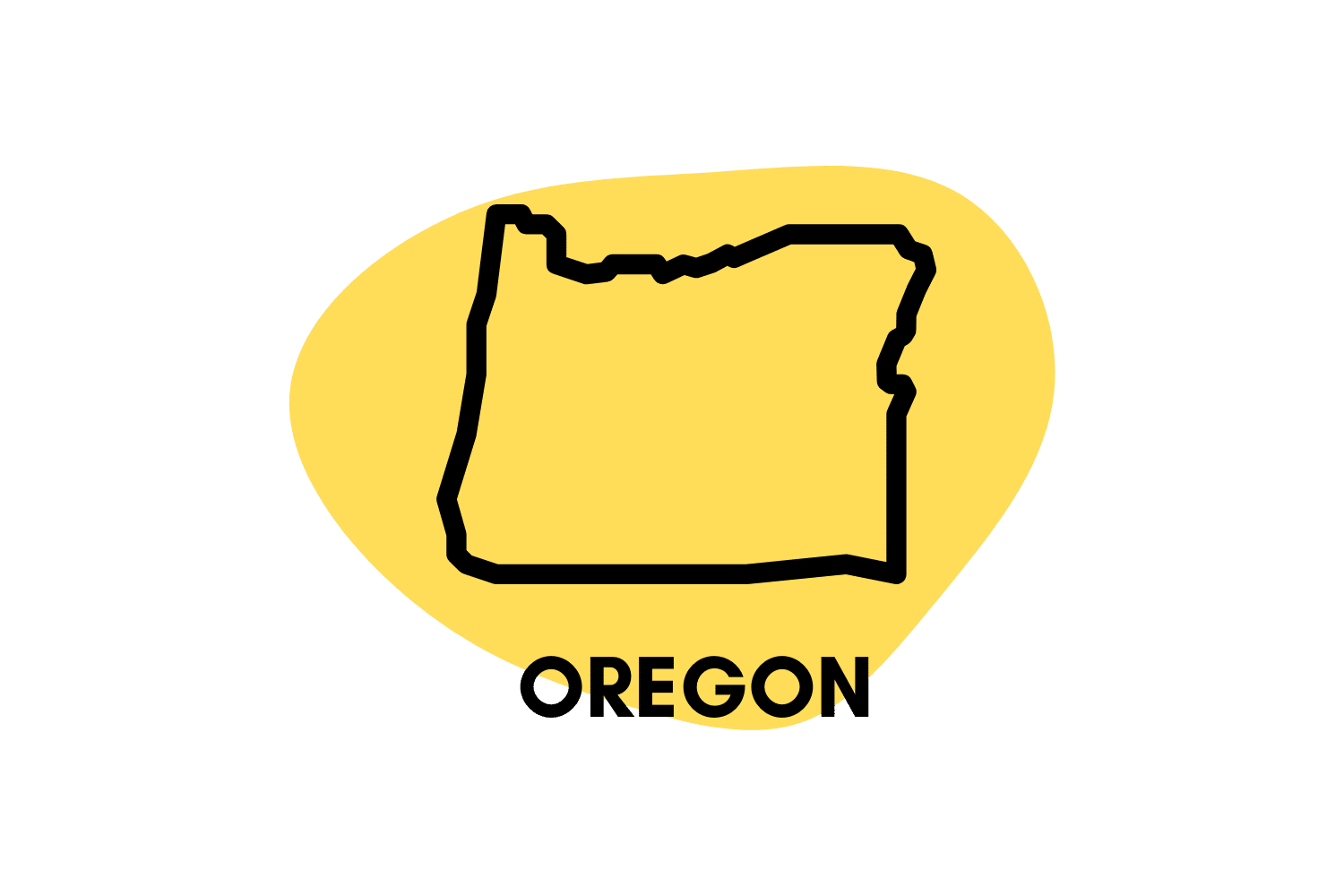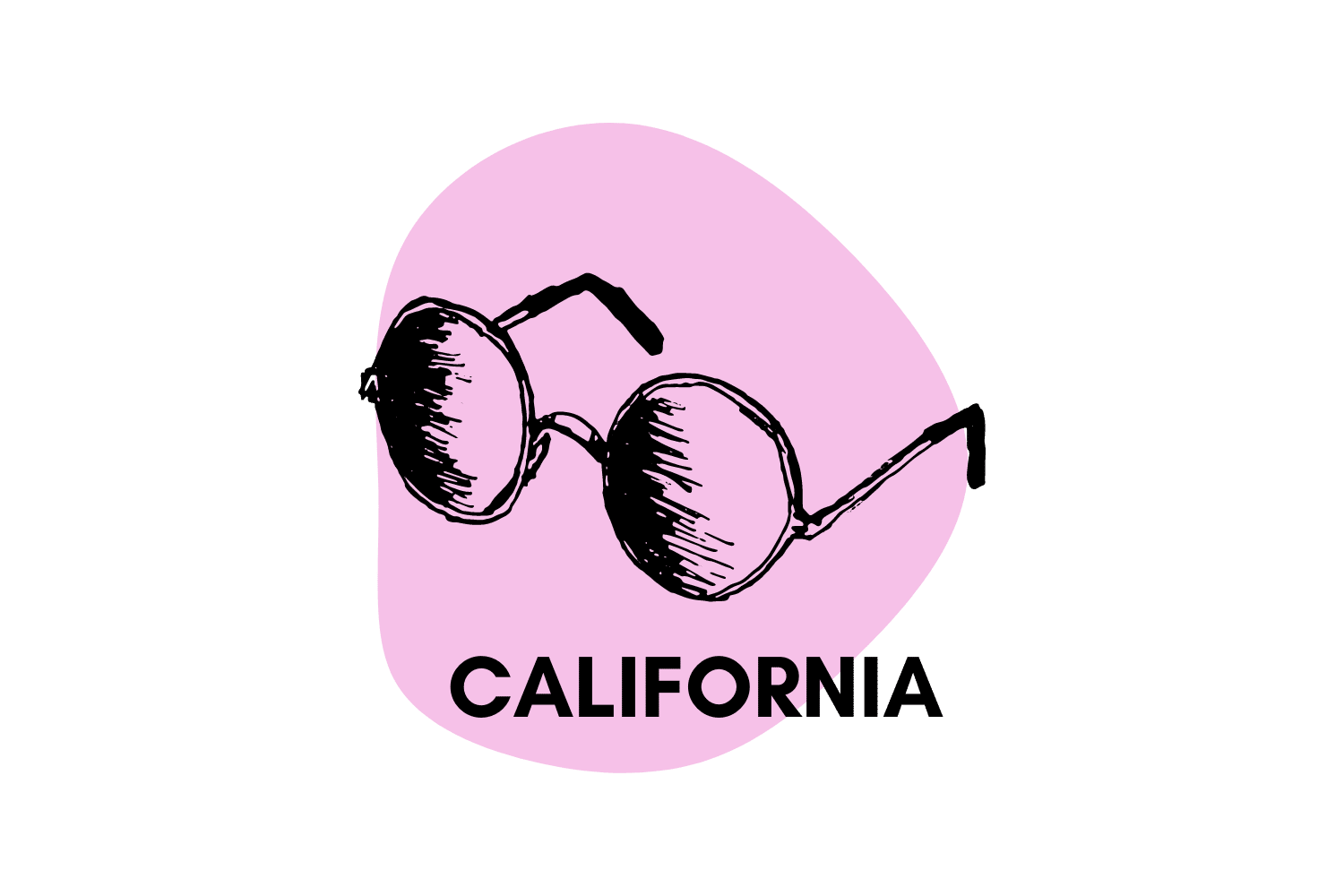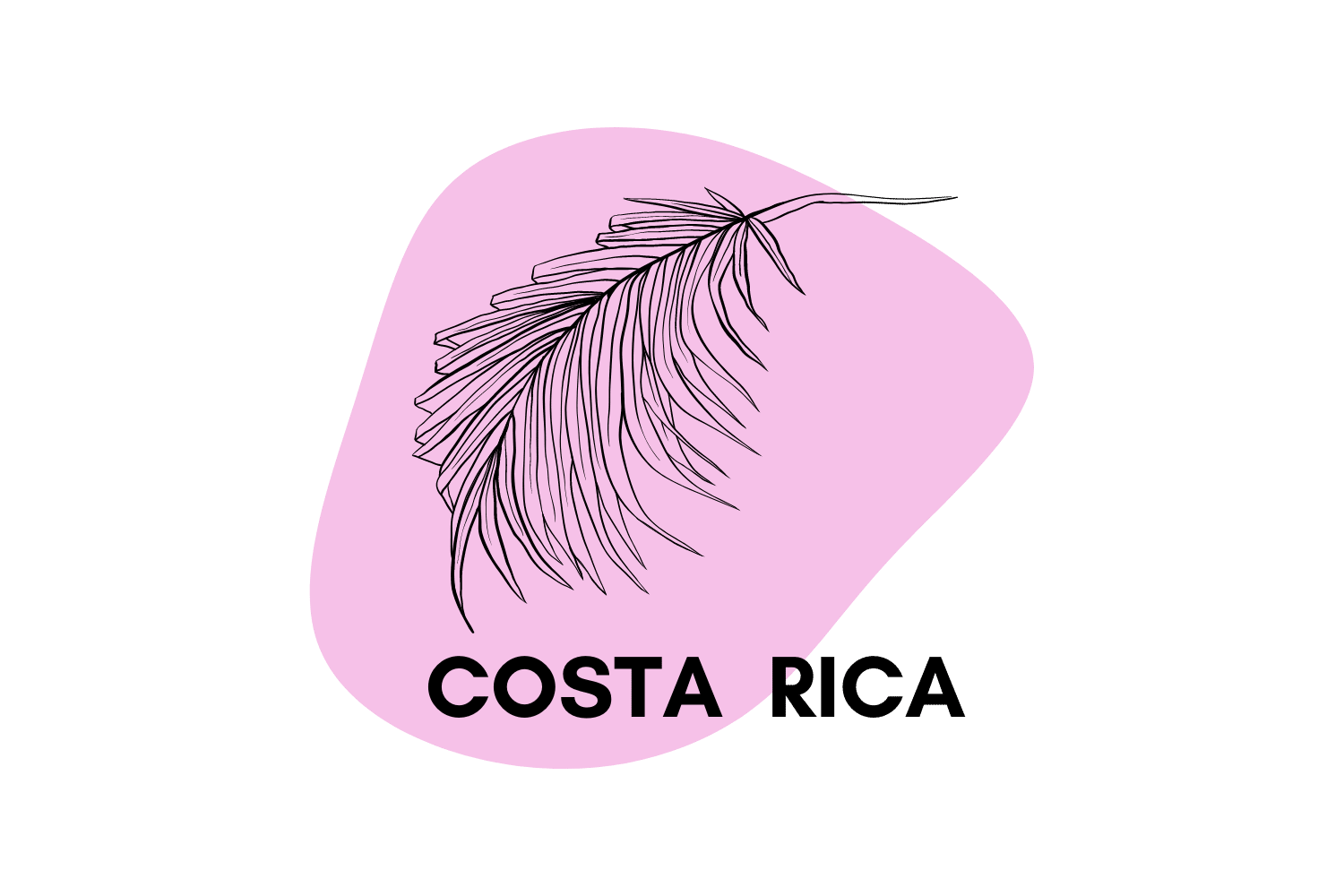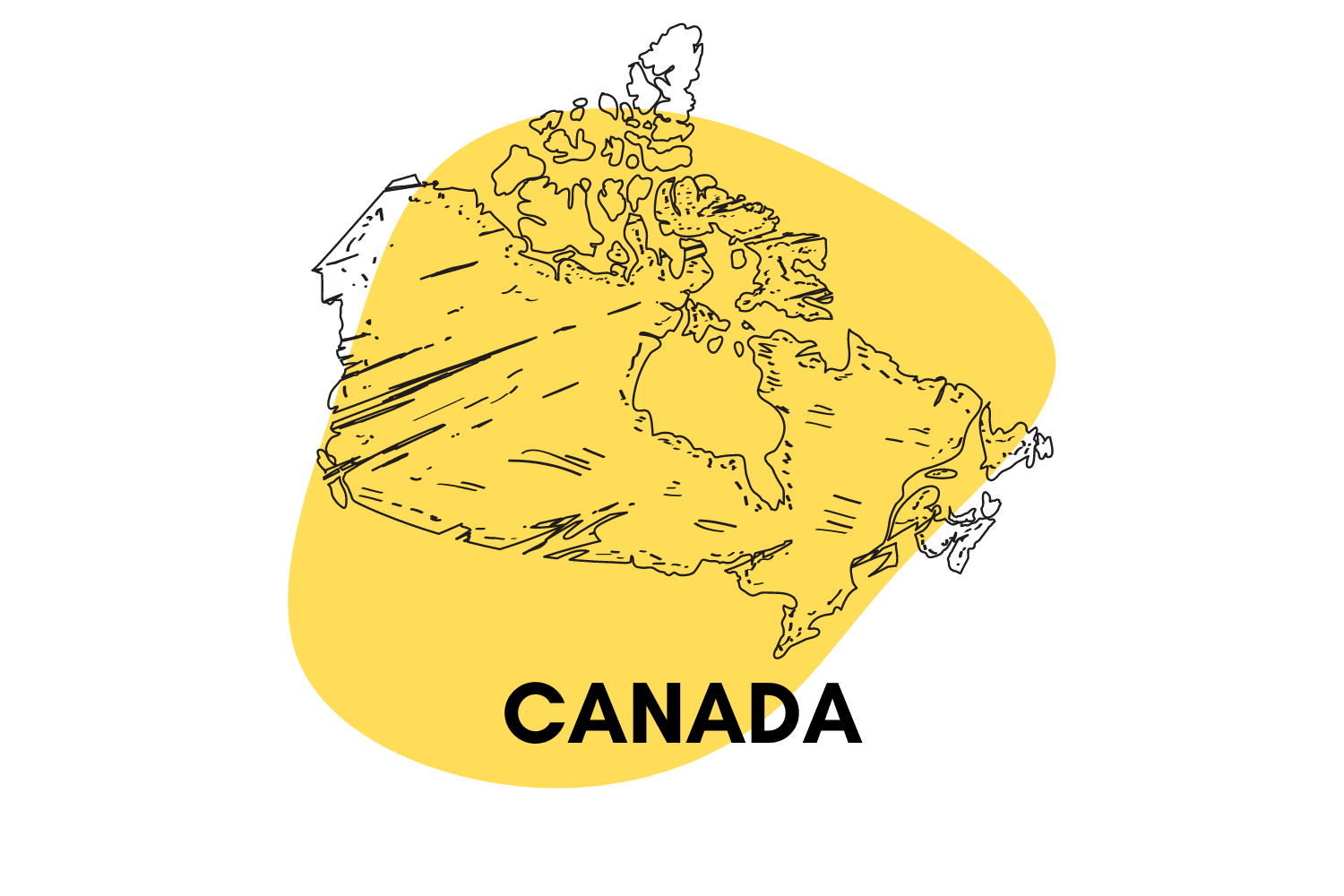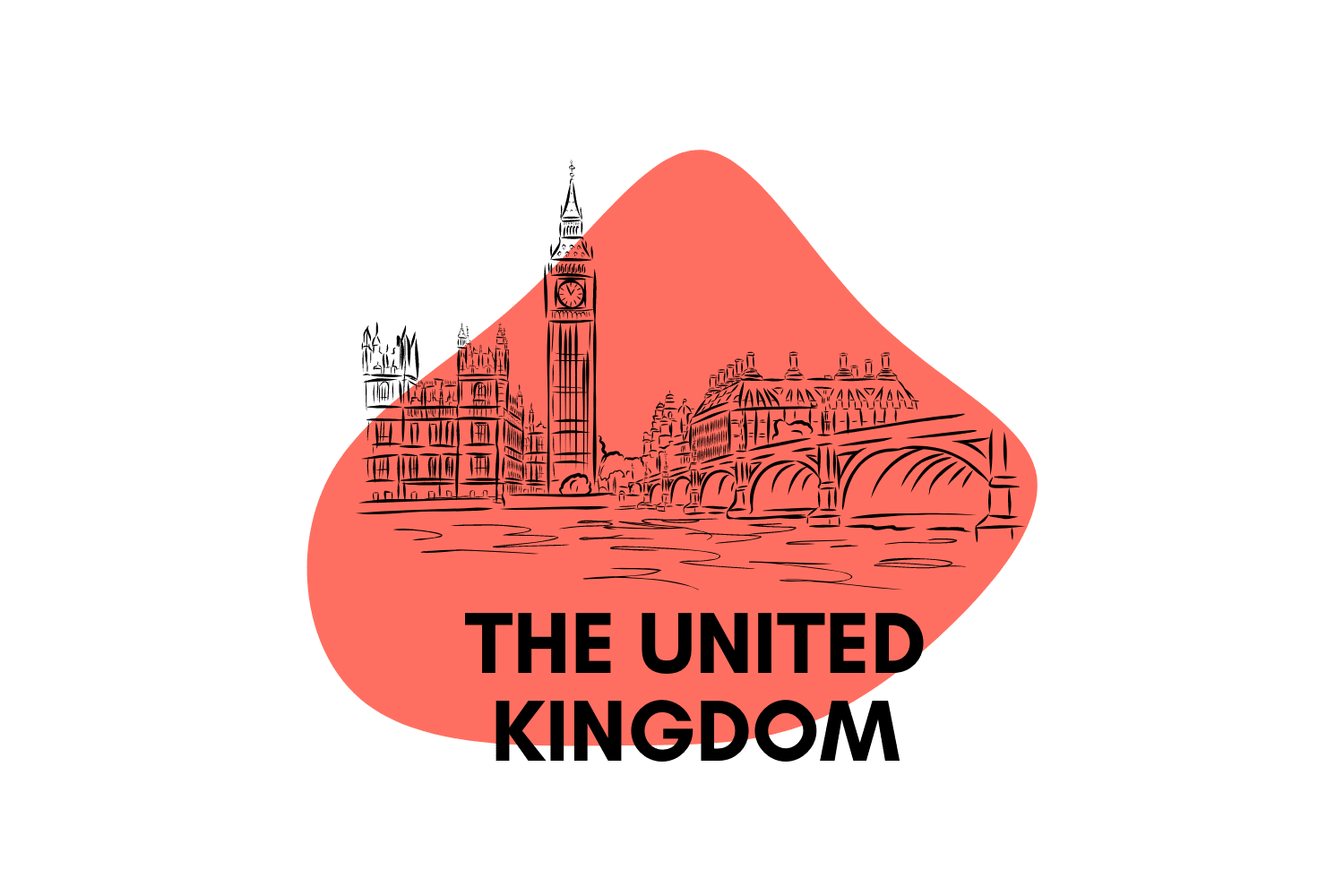The Beat Goes On: Hazel Park is the Third Michigan City to Decriminalize Psychedelics
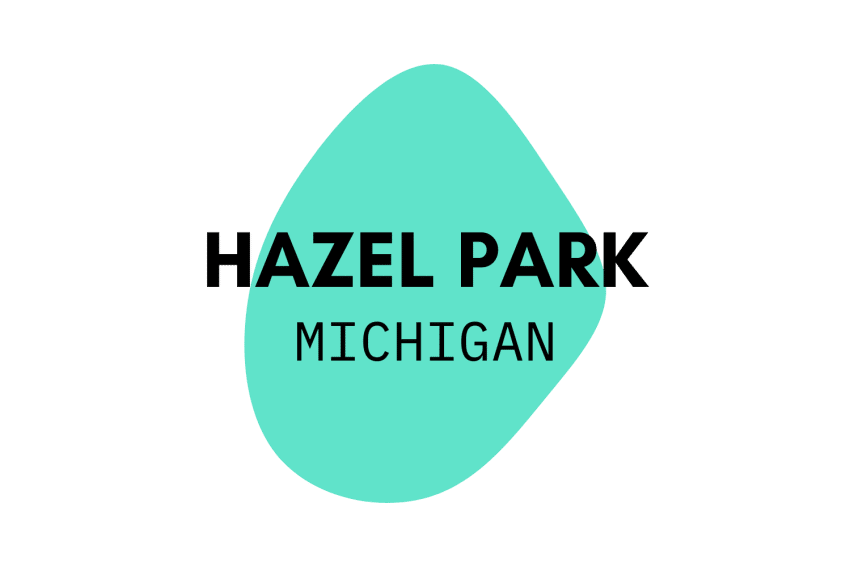
Hazel Park has a history of embracing change. When the iconic Hazel Park thoroughbred and harness racing track closed in April 2018, the city wasted no time converting the land into a commerce center that houses Amazon and other Big Tech companies.
On March 22, Hazel Park embraced another change. The city, which shares its southern border with Detroit, became the third Michigan city to decriminalize entheogenic plants and fungi, following Ann Arbor in September 2020 and Detroit in November 2021.
In this article, we will discuss the particulars of the Hazel Park resolution and why the city council felt it was necessary. We will also define entheogenic plants and examine what the resolution means for the area and the state going forward.
“The New Frontier”
The Hazel Park resolution to decriminalize entheogenic plants and fungi was passed unanimously by the City Council. Councilmember Luke Londo, who says he has used the plants a couple of times a year since 2008, sponsored the legislation.
According to the resolution, the legislation was needed to “relieve individuals seeking to improve their health and well-being through the use of entheogenic plants of the fear of arrest and prosecution due to current legal prohibitions.”
“This is the new frontier in natural medicine,” Londo said. “It seems like only yesterday the discussion was on marijuana and whether it had a legitimate medical and therapeutic effect.”
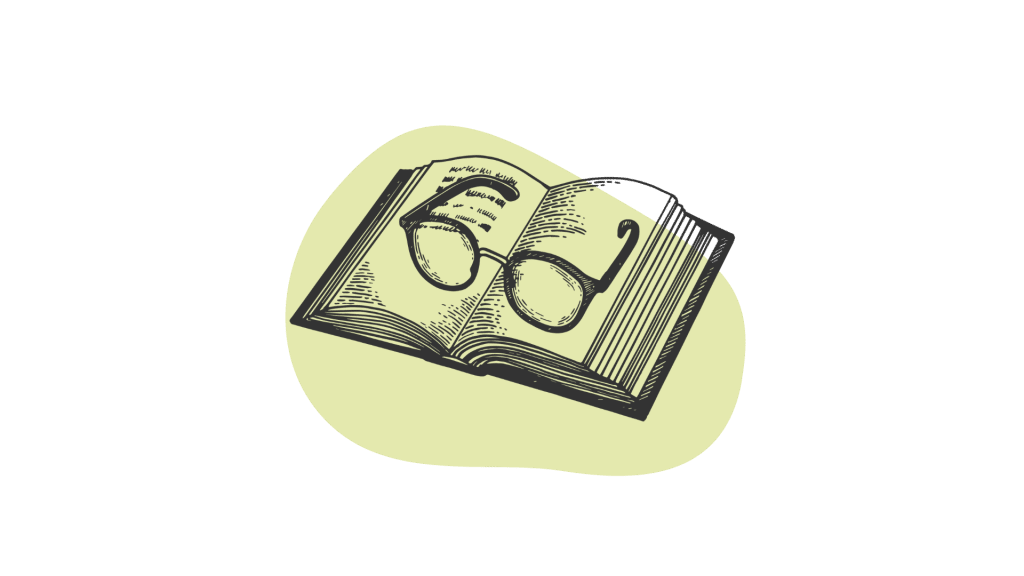
What’s In the Resolution?
The resolution to decriminalize entheogenic plants and fungi in Hazel Park states that: “ … the investigation and arrest of persons for planting, cultivating, purchasing, transporting, distributing, engaging in practices with, or possessing entheogenic plants or plant compounds … shall be the lowest law enforcement priority for the City of Hazel Park.”
The legislation also states that “city funds or resources shall not be used in any investigation, detention, arrest, or prosecution arising out of alleged violations of state and federal law regarding the use of entheogenic plants.”
Entheogenic plants are plants found all over the world that contain naturally-occurring psychedelic compounds. Native cultures have used them for centuries in religious ceremonies and for medicinal purposes.
Entheogenic plants and fungi covered by the resolution include:
1. Magic Mushrooms (Psilocybin & Psilocin)
According to Matthew W. Johnson, Ph.D., a professor of psychiatry at Johns Hopkins University, the most promising use for psilocybin, the active ingredient in magic mushrooms, is for addiction therapy.
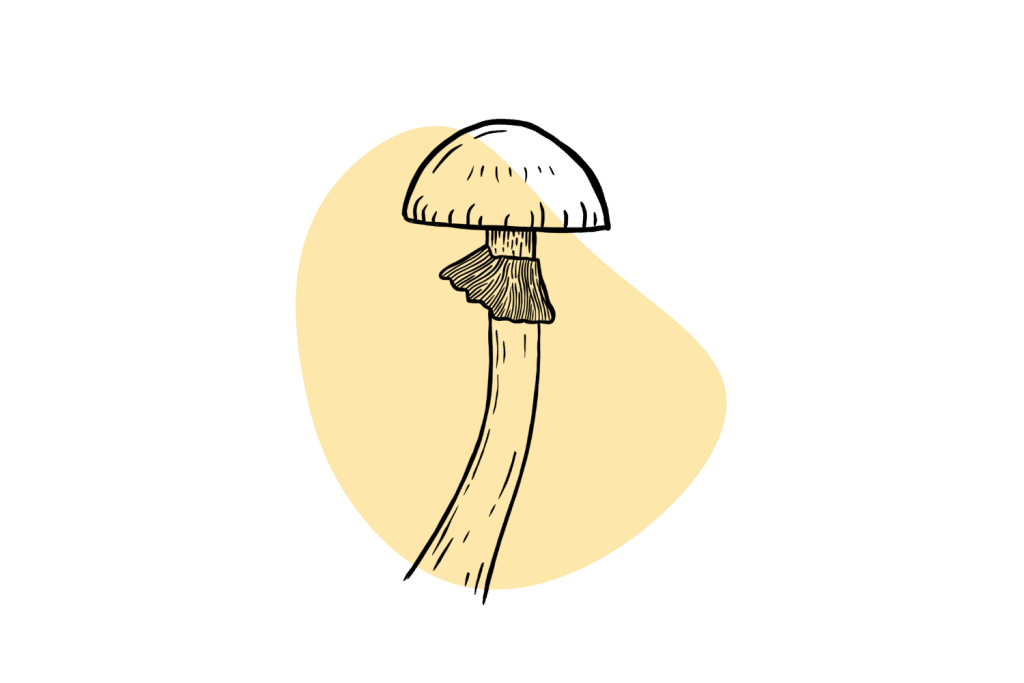
Studies have also shown that it can be beneficial in treating:
- Depression
- Existential anxiety
- Anorexia
- Obsessive/Compulsive Disorder
- Cluster headaches
- Cognitive decline in Alzheimer’s patients
The U.S. Food and Drug Administration (FDA) has granted psilocybin “breakthrough therapy status” for its potential as a treatment for major depressive disorder (MDD). According to the FDA, breakthrough therapy status is “a level of legalization that allows researchers to expedite the development of a drug after preliminary evidence shows the drug may demonstrate substantial improvement over available therapy.”
2. Iboga
Ibogaine is a psychedelic compound in the iboga shrub, which is found mostly in central west Africa. Research shows that it can be effective in treating alcohol and drug addiction. It has also shown potential for easing cravings, reducing withdrawal symptoms, and lowering the risk of relapse.
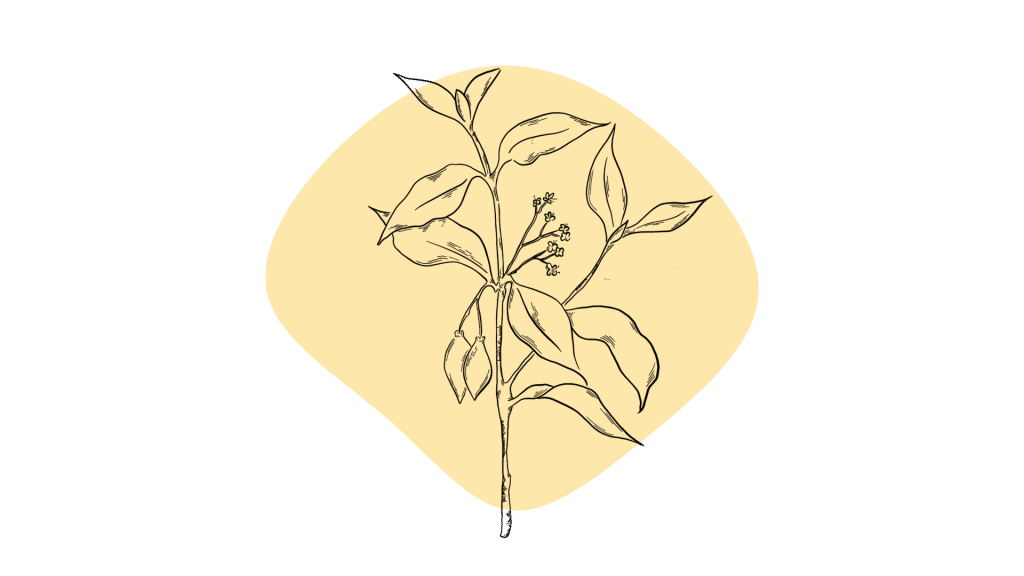
Ibogaine may also be effective in treating:
- Seizures
- Depression
- Neurological disorders
- Migraine headaches
- Fevers
- Eating disorders
Iboga, which means “to care for,” in various tribal dialects, was first discovered by the Pygmy tribes of Central Africa, who used the plant for spiritual and divination purposes. However, in 1962 Howard Lotsof, an American scientific researcher, pioneered the use of it as a method to treat drug addictions.
3. Ayahuasca
Ayahuasca is a concentrated liquid made by prolonged heating or boiling of the Banisteriopsis caapi (ayahuasca) vine with the leaves of the Psychotria Viridis (chacruna) shrub. The ayahuasca vine contains an MAO inhibitor, and the chacruna contains DMT (dimethyltryptamine).
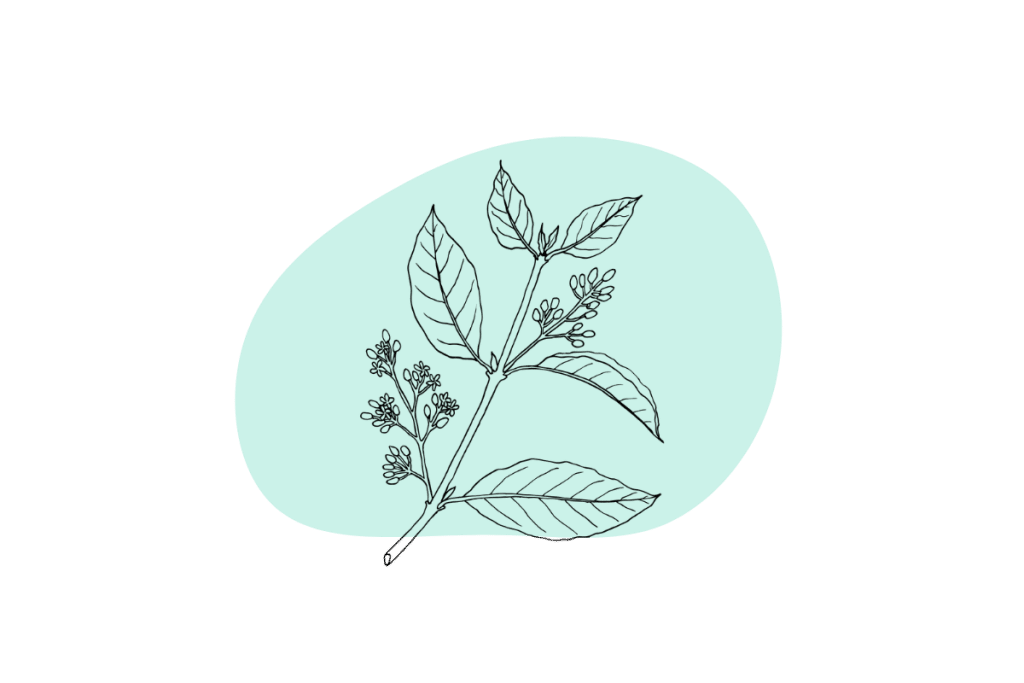
However, ayahuasca can be made with virtually any plant containing DMT brewed with a plant having MAOIs inhibiting abilities. MAOIs prevent the breakdown of neurotransmitters, including serotonin, dopamine, and norepinephrine, as well as tryptamines like DMT.
Ayahuasca has been used as a medicine in the South American Amazon for hundreds, if not thousands of years and is an approved form of sacrament in the United States among the União do Vegetal and Santo Daime groups.
Potential medical uses for ayahuasca include treatment for:
- Cocaine addiction
- Alcoholism
- Opioid use disorders.
- Depression
- Anxiety disorders
4. Mescaline
Mescaline is a hallucinogenic drug that occurs naturally in a variety of cacti plants native to the southwest United States, Mexico, and South America. They include the peyote cactus, the San Pedro cactus, and the Peruvian Torch cactus.
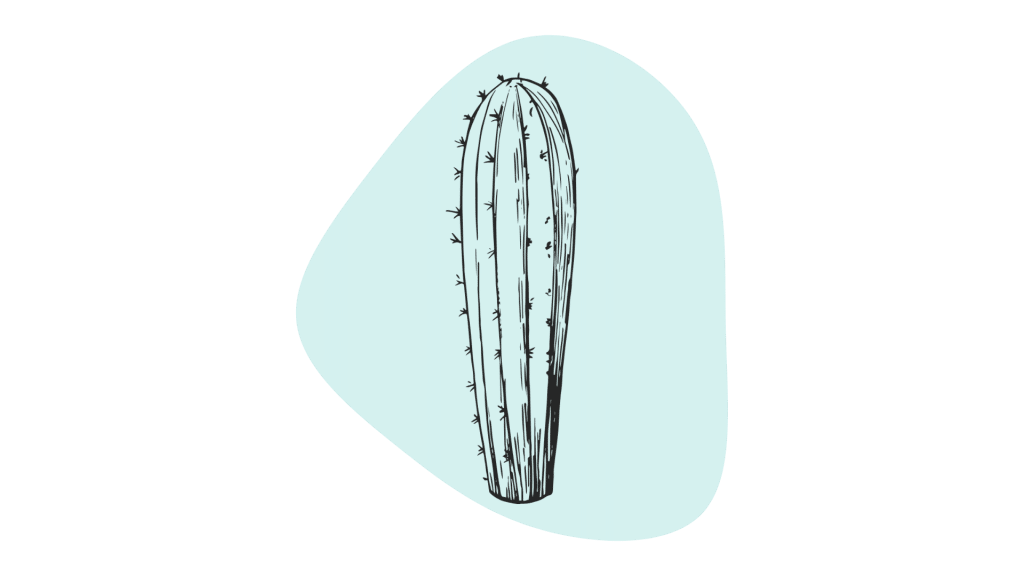
Native Americans have used mescaline for thousands of years in religious ceremonies. It is also a critical part of their medical arsenal.
Mescaline is listed as a Schedule I Controlled Substance and is consequently illegal to possess or use in the United States. However, it is recognized as a sacrament in the Native American Church of North America, and they can legally use it in their services.
In deference to mescaline’s religious and cultural significance to the Indigenous people of the American Southwest — and because of pushback from Indigenous communities — some cities that have decriminalized entheogenic plants excluded mescaline from their list. It is, however, decriminalized in the Hazel Park resolution.
There has been very limited research into the medical properties of mescaline. Besides its use in Native American culture, mescaline is primarily used as a recreational drug. It is also used to supplement various types of meditation and psychedelic therapy.
What the Resolution Does Not Include
The Hazel Park decriminalization resolution does not decriminalize any of the following activities:
- Possessing or distributing entheogenic plants in schools
- Consumption or usage by minors
- Driving under the influence of psychoactive agents found in the plants
- Public disturbance
- Commercial sales or manufacturing of these plants and fungi
- Synthetic psychedelics like MDMA, 2C-B, or concentrated DMT
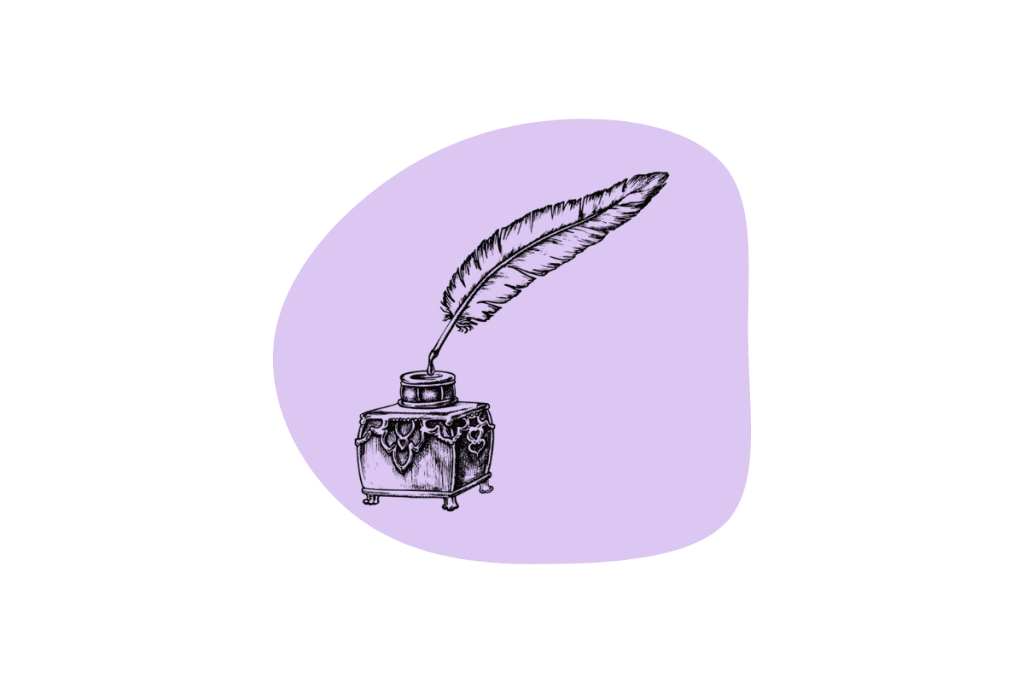
Decriminalization vs. Legalization
All of the entheogenic plants listed in the Hazel Park decriminalization resolution are on the federal Schedule I Controlled Substances list. This means that they are illegal to purchase and use.
However, since each city, county, and state has autonomy, governing bodies all over the country are passing resolutions to decriminalize psychedelics. So far, 14 cities in the United States have decriminalized entheogenic plants and fungi.
When a substance is decriminalized, possession and use become a very low priority, and the penalties are reduced. It is still illegal, and all laws governing it are still applicable. To legalize a substance is to repeal all of the criminal penalties associated with it.
Where Can I Buy Magic Mushrooms in Hazel Park?
Nowhere, actually. Federal law supersedes city, county, and state law. Consequently, in places where the substances have been decriminalized, commercially producing them is still illegal. However, the Hazel Park resolution does allow for the purchase of small amounts from private individuals for personal use.
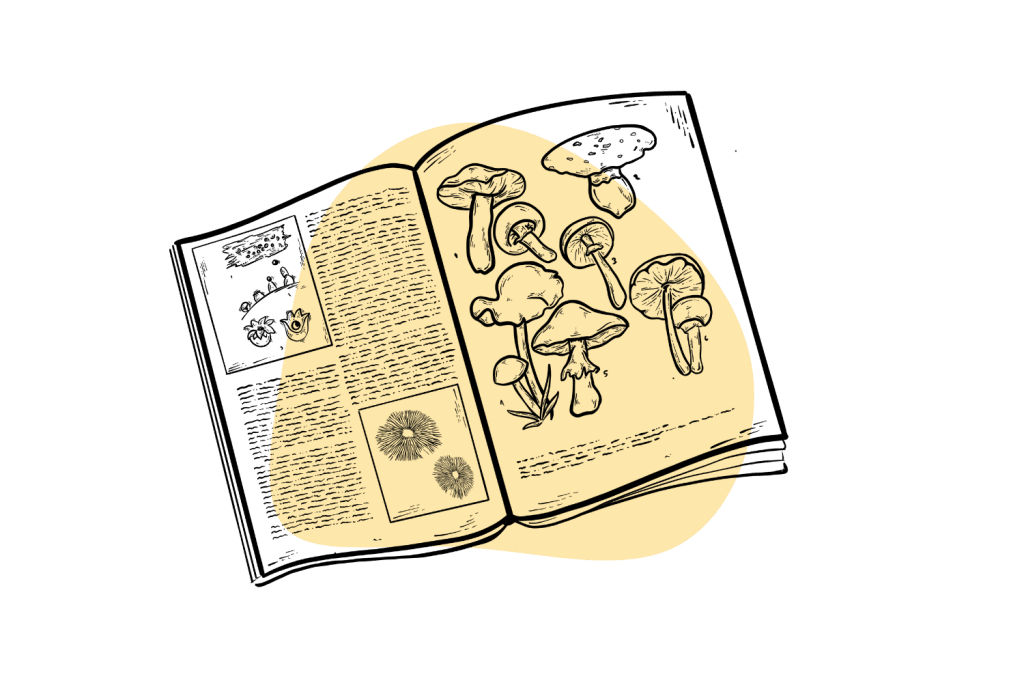
Grow Your Own Magic Mushrooms
Since magic mushroom spores do not contain psilocybin, the psychoactive agent in the mushrooms, they are available for sale online in Michigan. They are procurable in syringes and stamps. They cost between $15 – $30 each and can produce multiple harvests.
A great way to ensure a steady supply of magic mushrooms is to grow them yourself. There are two ways to do this: a mushroom grow kit or from scratch.
Mushroom Grow Kit
Mushroom grow kits are a very easy way to grow your own magic mushrooms. These kits have everything you need to grow the mushrooms and come with detailed instructions.
The basic kits start at around $50. There are more expensive kits for more sophisticated operations. It takes about 4-6 weeks, depending on the species of mushrooms, for a mushroom grow kit to yield a harvest.
The kit has some advantages over growing magic mushrooms from scratch:
- Low maintenance — No muss, no fuss. Add the spores to the kit, place the kit in a well-lit area away from direct sunlight, and water lightly one or two times a day.
- Cost-effective — Two and a half to three grams of magic mushrooms is an “average” dose. Depending on where you live, this can cost between $20-$40. A magic mushroom spore syringe or print will yield 50 grams or more of magic mushrooms. You can recoup your investment in the kit and the spores many times over with your first harvest.
- Safe — You know exactly what you’re getting.
Poor-quality mushroom grow kits can contain molds and fungi that can destroy or contaminate the mushrooms. Always purchase your kit from a reputable vendor to reduce the possibility of contamination.
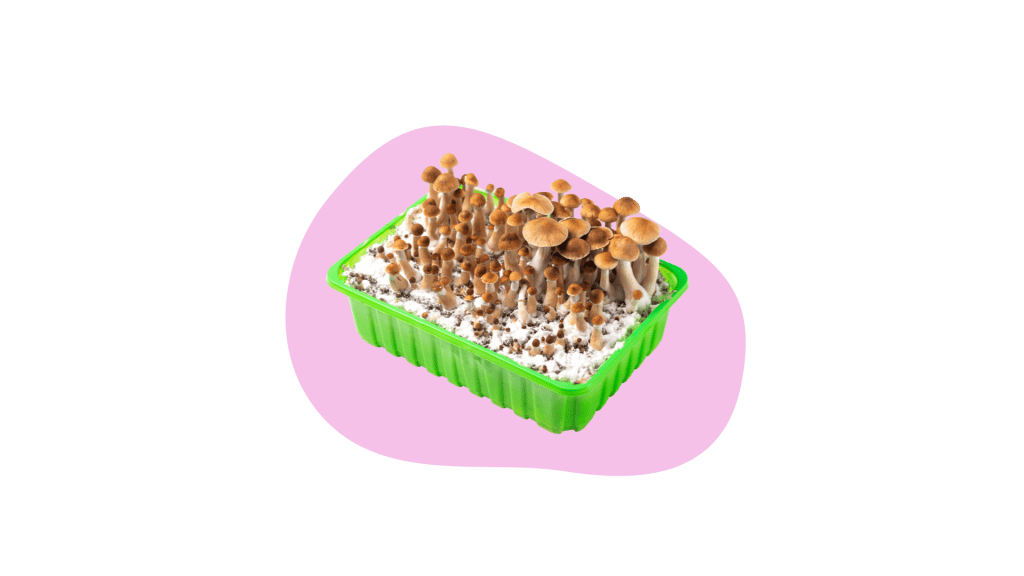
Growing Magic Mushrooms From Scratch
Growing magic mushrooms from scratch is a bit more complicated. Most of the equipment you need you probably already have around the house. But, you will still need to make a minor investment — around $200 — for the operation.
Growing magic mushrooms from scratch is relatively easy, but it is not simple. You must follow detailed instructions from a reliable source to ensure a successful operation.
There are five basic steps to growing magic mushrooms from scratch:
- Step 1: Preparing the Substrate — The substrate is the material that the mycelium, which produces the mushrooms, feeds on. It can be made from a variety of substances but usually consists of vermiculite or sawdust, water, and brown rice flour.
- Step 2: Inoculation — In this step, the spores from the spore syringe or spore print are applied to the substrate.
- Step 3: Incubation — An incubator is not absolutely necessary for this step. Any warm area of the house where the temperature is consistent will suffice. However, an incubator expedites growth and increases yield. One can be built from materials around the house for about a $30 investment in materials or purchased starting at around $40.
- Step 4: Fruiting — This step involves creating the ideal environment — temperature, humidity, light, etc. — for the mycelium to produce mushrooms.
- Step 5: Harvesting and Drying — A dehydrator can be used on the lowest setting, but it is best to allow them a few days to dry naturally.
It takes about four to eight weeks from preparation to harvest when growing magic mushrooms from scratch. The internet is replete with information about how to grow mushrooms from scratch, but a lot of it does not come from a reliable source. For your safety, make sure your instructions come from a well-established authority.
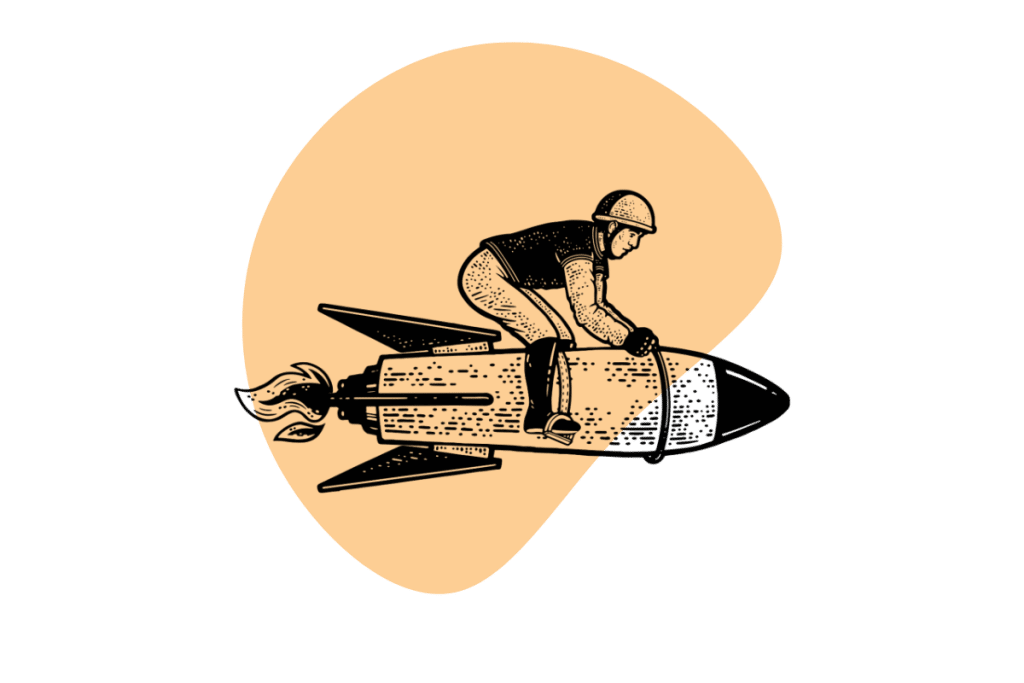
To Decriminalization and Beyond
Hazel Park is located in Oakland County. The Hazel Park decriminalization resolution calls upon the Oakland County Prosecuting Attorney to follow the lead of the Washtenaw County prosecutor and not pursue charges over possessing entheogenic plants and fungi. The county took this position after Ann Arbor passed its decriminalization resolution.
The city is an integral part of Decriminalize Nature Michigan’s efforts to place an initiative on the statewide November ballot to legalize possessing, cultivating, and sharing psychedelics.
Shan Vicius, the head of the Hazel Park chapter of Decriminalize Nature Michigan, says he is grateful that the City Council passed the resolution. “People like me who use entheogenic plants are your friends, your clients, your family, and your neighbors,” he told the city council members. “We deserve the ability to use these natural medicines that significantly improve our wellness and our lives,” he added.

